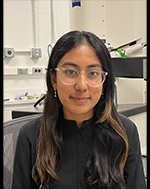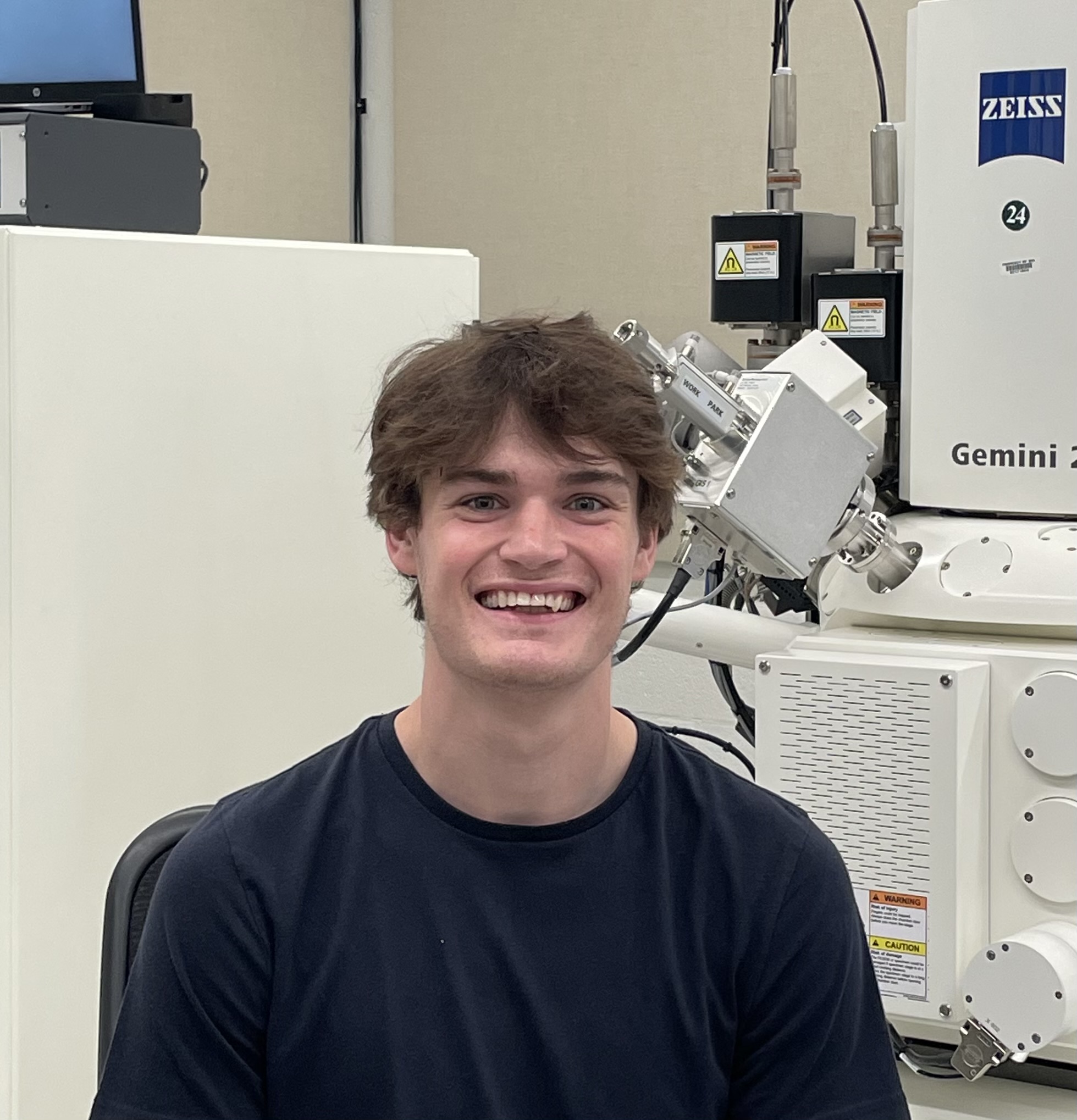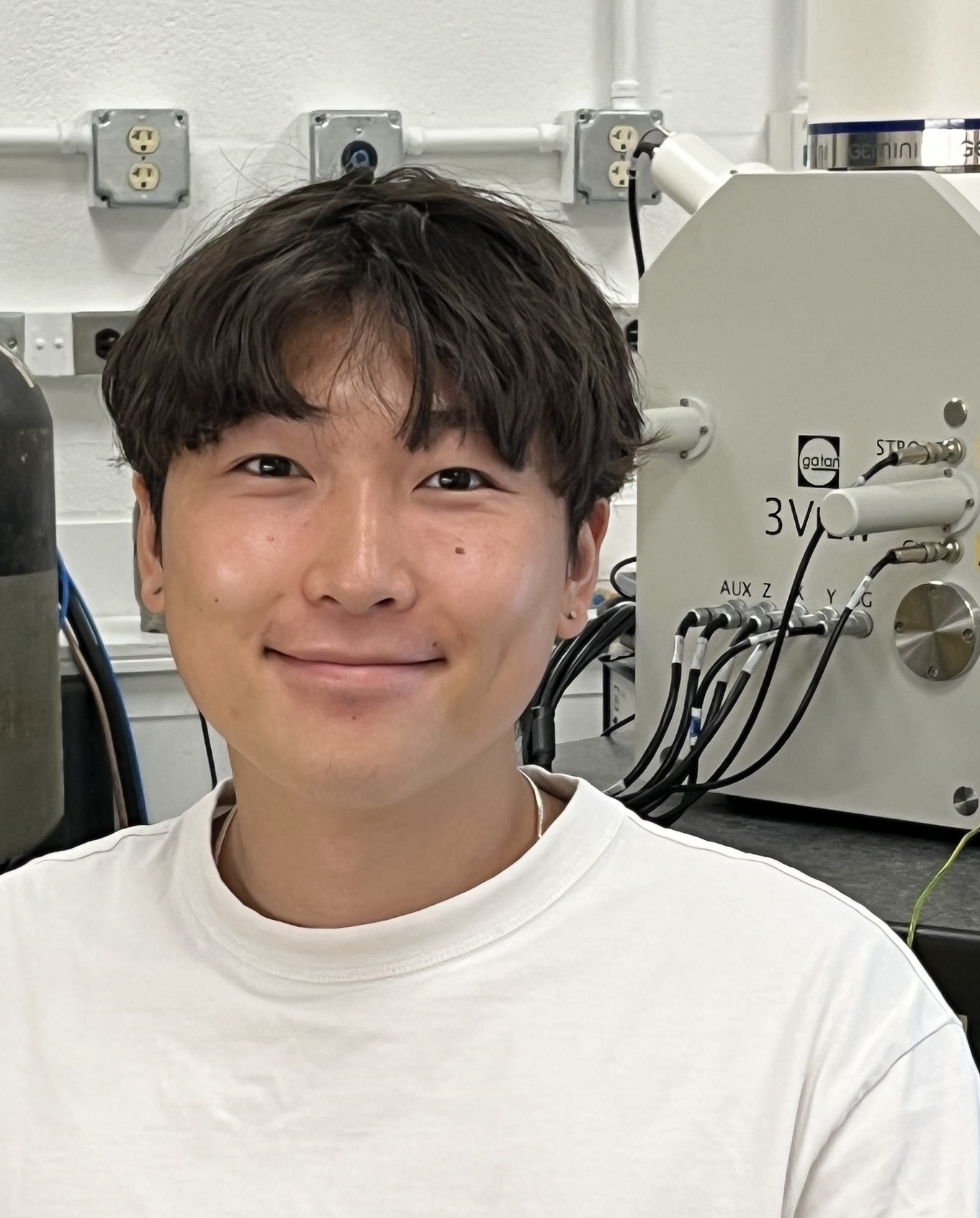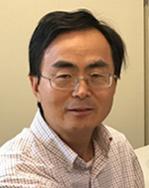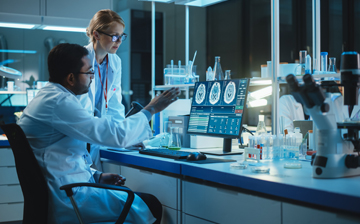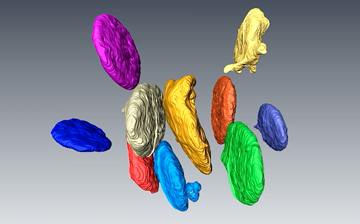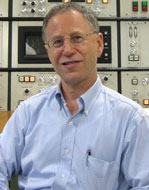
The Cellular and Supramolecular Structure and Function (CSSF) Section develops new methods based on electron microscopy and related techniques. Our aim is to expand knowledge about complex biological and disease processes, as well as to characterize morphologically the action of diagnostic markers and therapeutic agents in cells. The nanometer scale of biological electron microscopy lies between the realms of live-cell optical microscopy and atomic-scale structural tools that require extraction and purification of cellular components. Current research includes development of techniques for (1) determining the tertiary and quaternary structures of macromolecular assemblies, (2) visualizing 3D ultrastructure, (3) mapping the elemental composition of subcellular compartments quantitatively, and (4) studying bionanoparticles and their interactions with cells. We are applying these methods to structural biology, cellular biology, neurobiology, cancer biology, and nanomedicine.
Intramural Research Training Award Program/CSSF Alumni
Read more about the research topics of interest to the Cellular and Supramolecular Structure and Function.
Read more about the resources available to the Cellular and Supramolecular Structure and Function.
See a list of publications authored by the Cellular and Supramolecular Structure and Function.
